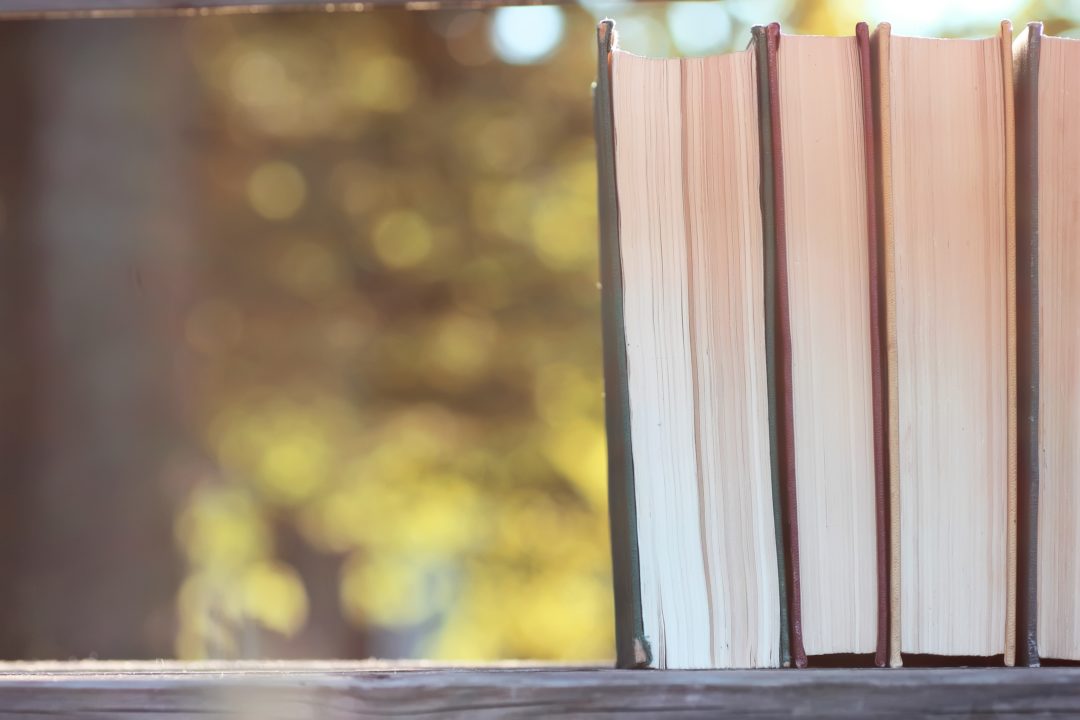Lebanese Cuisine by Madelain Farah
 Lebanese families often enjoy cooking together and spending time eating in each other’s company. My mother’s side of the family is Lebanese-American. Walking into my grandmother’s house when she was cooking and smelling the aroma of spices was synonymous with the family warmth and love in her home. Being part of a Lebanese family taught me to appreciate feeding people around me who love the foods I create.
Lebanese families often enjoy cooking together and spending time eating in each other’s company. My mother’s side of the family is Lebanese-American. Walking into my grandmother’s house when she was cooking and smelling the aroma of spices was synonymous with the family warmth and love in her home. Being part of a Lebanese family taught me to appreciate feeding people around me who love the foods I create.
Dr. Farah’s book was chosen because she cooked like my family, but her background is also fascinating. She is first-generation Lebanese-American, born in Portland, but during World War II her family was stranded in Lebanon. She subsequently was schooled in Lebanon before she came back to the United States to embark on a successful academic and professional life. Fast-forward to 2001, when Dr. Farah’s family published more of her recipes in Lebanese Cuisine: More than 200 Simple, Delicious, Authentic Recipes. What a treat! The book has traveled with me to the Caribbean, Europe, the East Coast, and back to Texas. My copy of Lebanese Cuisine is quite worn and loved. I have some staples that I have memorized over the years--such as a basic kibbi recipe with stuffing and the lentils with rice recipes. Even though Dr. Farah may not cook like your family, to cook her Lebanese cuisine brings joy and good flavor to your kitchen.
The Little Book of Hygge:Danish Secrets to Happy Living by Meik Wiking
 My upbringing was a contrast in itself. I grew up in a small town outside of Houston, Texas. My own multicultural family plus world travel as an adult sparked an interest in multicultural parenting styles and family living. Even before I wrote Feed the Baby Hummus, I spent much of my adulthood researching and asking questions about the variety of cultural variations within families in the world. On a trip to Europe a couple of summers ago my daughter spotted The Little Book of Hygge: The Danish Way to Live Well. Admittedly, the colorful cover was captivating. I ended up reading The Little Book of Hygge in two days.
My upbringing was a contrast in itself. I grew up in a small town outside of Houston, Texas. My own multicultural family plus world travel as an adult sparked an interest in multicultural parenting styles and family living. Even before I wrote Feed the Baby Hummus, I spent much of my adulthood researching and asking questions about the variety of cultural variations within families in the world. On a trip to Europe a couple of summers ago my daughter spotted The Little Book of Hygge: The Danish Way to Live Well. Admittedly, the colorful cover was captivating. I ended up reading The Little Book of Hygge in two days. The author, Meik Wiking, has a convincing point of view about why we should embrace the concept of hygge. After all, he is the CEO for the Happiness Research Institute in Copenhagen. As a physician (and perpetual worrier), the idea of actual research-driven information to increase life contentedness speaks volumes to me. Wiking describes hygge as an “atmosphere and experience, rather than about things.” The book is laid out with a new concept for each chapter for easy reference. What are some of the happiest people in the world doing, you ask? First and foremost, they create a comfortable, relaxing atmosphere in their home. (Northern Europeans do spend a lot of time inside in the winter!) The book even gives tips to create a comfortable atmosphere by using natural elements such as wood and candles. In addition, the concept of mindfulness is embraced. Enjoying today with family and friends is a priority. The author spends time discussing the importance of building close relationships with family and friends. The U.S. version is titled The Little Book of Hygge:Danish Secrets to Happy Living. Reading this book has been helpful for my own quest to live contentedly. If your goal is positive living and personal happiness, this book is a great resource.









